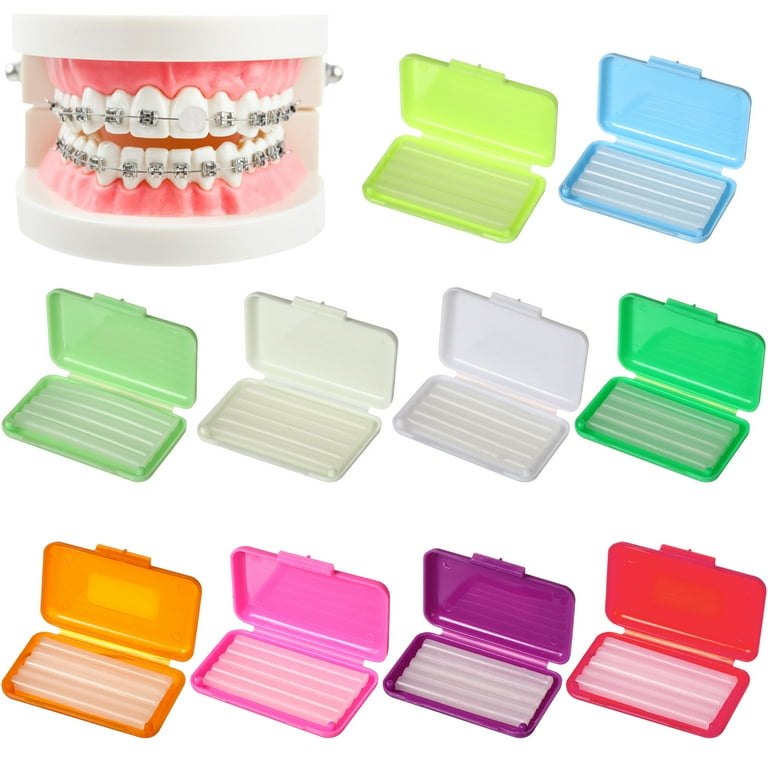How Cumming Orthodontics Can Change Your Smile with Invisalign and Braces
Comprehensive Overview to Orthodontics Procedures for Fixing Dental Imbalances
In the world of orthodontics, the trip to attaining a completely lined up smile includes a myriad of procedures tailored to fix dental misalignments. From traditional braces to unseen aligners and also medical choices, the area of orthodontics supplies a range of solutions to resolve varying degrees of dental irregularities. Comprehending the details of each treatment, including their systems, benefits, and possible disadvantages, is crucial in making educated choices regarding one's orthodontic treatment. As we browse through the detailed overview to orthodontic treatments for remedying dental imbalances, the complex information of each method will unravel, dropping light on the path toward a harmonious and practical dental alignment.
Orthodontic Procedures Review

In enhancement to clear aligners and standard braces, orthodontists may also recommend various other interventions like headwear, palatal expanders, or retainers to address certain alignment issues (orthodontist). These procedures are tailored per person's special demands and might involve a mix of treatments to achieve the wanted results. Routine modifications and surveillance are crucial parts of orthodontic therapy to make sure development gets on track and to make any kind of necessary modifications along the method. By undergoing orthodontic treatments, individuals can not just attain a straighter smile yet likewise improve their overall oral health and function.
Standard Braces: Exactly How They Work
When taking into consideration orthodontic therapies for dental misalignments, standard dental braces stand apart as a tried and true approach for dealing with teeth positioning. Standard braces include brackets, cords, and bands that work together to use constant stress on the teeth, gradually moving them right into the desired placement. The brackets are attached to the teeth making use of an unique adhesive, and the cords are threaded via the braces. By adjusting the tension of the cords, orthodontists can manage the direction and pressure used to each tooth, assisting them into appropriate alignment with time.
As stress is used to the teeth with the braces, the bone bordering the teeth is improved to sustain the new tooth placements. Individuals will require routine adjustments at the orthodontist's office to make sure the dental braces continue to use the right stress for efficient teeth motion.
Invisible Aligners: Cons and pros
Unseen aligners use a hassle-free and discreet alternative to traditional dental braces for correcting dental imbalances. These clear, tailor-made trays are basically undetectable when put on, making them an attractive alternative for people seeking a much more visually pleasing orthodontic treatment. Among the key advantages of unseen aligners is their removability, enabling for easier maintenance of dental hygiene contrasted to standard dental braces. Patients can remove the aligners before consuming or cleaning their teeth, minimizing the threat of food getting embeded the home appliance and simplifying the cleansing process.

Surgical Orthodontic Options
Surgical interventions in orthodontics existing viable choices for addressing complicated dental imbalances that might not be properly settled with standard orthodontic treatments. While traditional braces and unseen aligners can remedy numerous orthodontic concerns, specific situations require medical intervention to accomplish ideal results. Surgical orthodontic options are usually recommended for serious malocclusions, considerable jaw disparities, and cases where the underlying bone framework requires alteration to accomplish proper positioning.
One common medical orthodontic procedure is orthognathic surgical procedure, which involves repositioning the jaws to fix useful issues such as problem eating or talking. This surgical procedure is frequently performed in partnership with an orthodontist who helps align the teeth before and after the treatment. Surgical orthodontics may also include treatments to reveal impacted teeth, eliminate excess periodontal cells, or reshape the jawbone to produce an extra unified face account.
Before taking into consideration medical orthodontic choices, patients undertake an extensive evaluation to figure out the necessity and possible advantages of such treatments. invisalign. While surgical treatment may appear complicated, it can considerably boost both the feature and aesthetic appeals of the smile in cases where traditional orthodontic therapies drop short
Retainers and Post-Treatment Care

Failure to conform with post-treatment care instructions can result in check my blog relapse, where the teeth progressively move back in the direction of their original placements. Regular retainer wear, good dental hygiene, and routine oral check-ups are essential for keeping the outcomes attained with orthodontic surgical treatment and making sure the long-lasting security of the corrected oral placement.
Final Thought
In verdict, orthodontic procedures provide various options for correcting dental imbalances. Surgical orthodontic alternatives are readily available for extra serious misalignments. On the whole, orthodontic treatments can successfully boost dental health and wellness and visual appearance.
As we browse through the thorough guide to orthodontic treatments for fixing oral misalignments, the detailed details of each technique will certainly unfold, shedding light on the course towards a harmonious and practical dental positioning. - invisalign
One of the most typical orthodontic treatments is the use of dental braces, which are composed of steel brackets and cables that use mild stress to gradually move teeth right into the wanted position.When thinking about orthodontic therapies for oral read what he said imbalances, traditional braces stand out as a tried and true technique for fixing teeth positioning. Additionally, undetectable aligners might not be ideal for intricate orthodontic issues that require more significant teeth activity, as they are generally suggested for moderate to modest situations. Retainers are tailor-made orthodontic tools made to hold teeth in their corrected positions after the completion of orthodontic treatment.